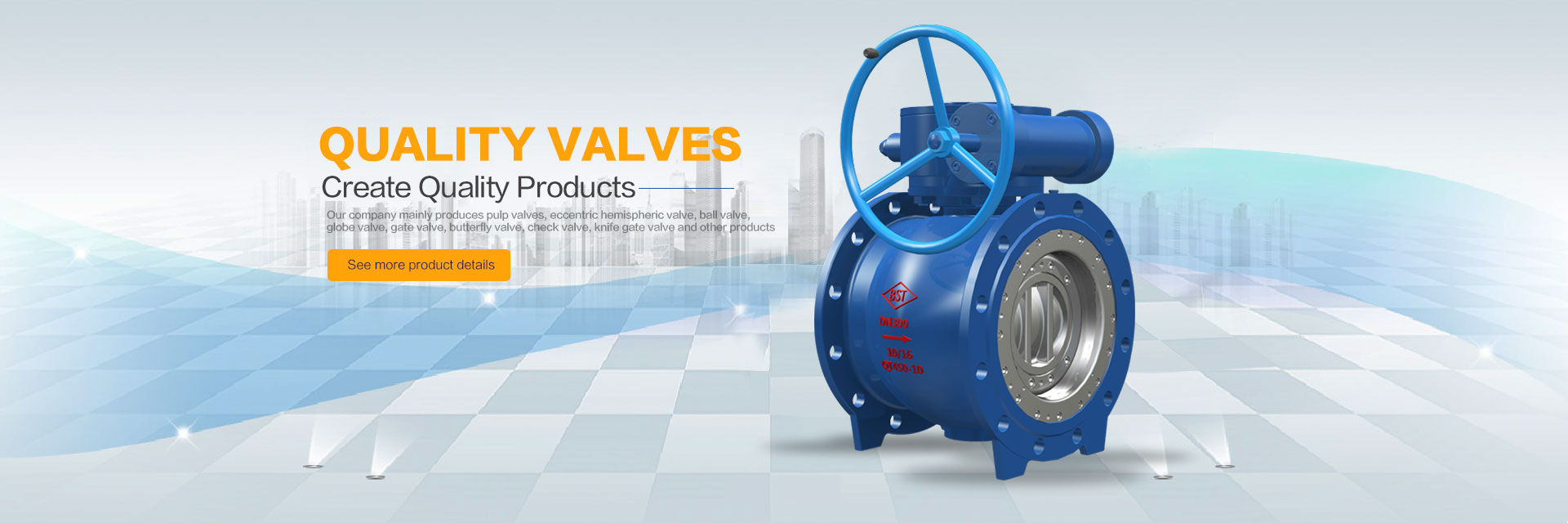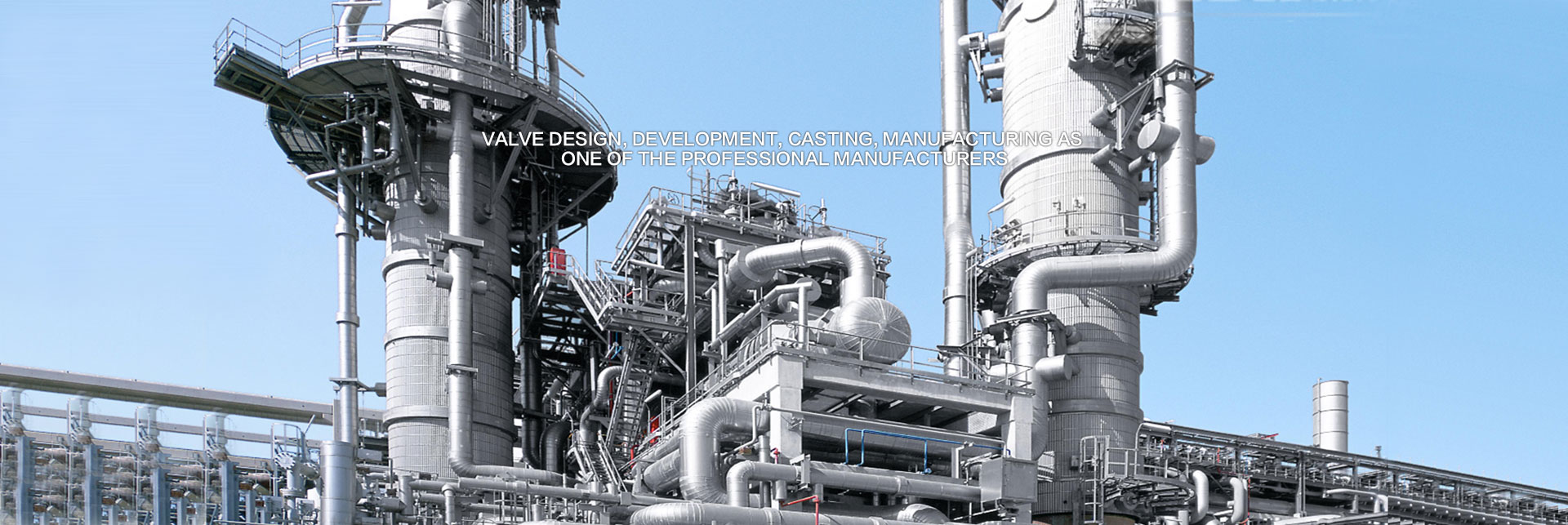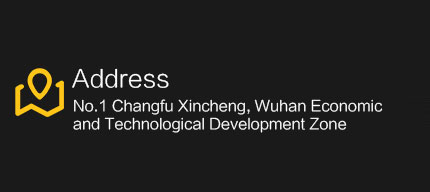Construction taboos and measures for water supply and drainage valves and pipes
Taboo 1: the main materials, equipment and products used in construction, and lack of technical quality identification documents or product qualification certificates conforming to the current standards issued by the state or department. Consequence: the quality of the project is not qualified, there is an accident hidden danger, and it cannot be delivered on time. It must be reworked and repaired, resulting in delayed construction schedule and increased investment in labor and materials. The main measures: materials, plumbing and heating and sanitary engineering the use of equipment and products, should comply with the technical quality of identification documents issued by the Ministry of state or the current standard or product qualification certificate; shall indicate the product name, type, specifications and quality standards of the state code, production date, manufacturer name and location, product inspection certificate or code.
Taboo 2: the necessary quality inspection is not carried out according to the regulations before the installation of the valve. Consequences: the valve switch is not flexible in the operation of the system, the closure is not strict and the leakage (steam) phenomenon occurs, resulting in rework repair, and even the normal water supply (steam). Measures: the pressure strength and tightness test should be done before the valve is installed. The test shall be 10% of each batch (the same grade, the same specification, the same type), and not less than one. For closed circuit valves installed on the main pipe, the strength and tightness test should be made one by one. The test pressure of the strength and tightness of the valve should be in accordance with the specification for the acceptance of construction quality for water supply and drainage and heating engineering (GB 50242-2002).
Taboo 3: the specifications and models of the installation of valves do not meet the requirements of the design. For example, the nominal pressure of the valve is less than the system test pressure; when the water supply branch pipe is smaller than or equal to 50mm, the gate valve is adopted; the dry and vertical pipes for hot water heating use globe valves, and the fire pump suction pipes adopt butterfly valves. Consequences: affect the normal opening and closing of the valve and regulating the resistance, pressure and other functions. Even in the operation of the system, the valve damage was forced to be repaired. Measures: be familiar with the application range of various valves, and select the specifications and models of the valves according to the requirements of the design. The nominal pressure of the valve should meet the requirements of the system test pressure. According to the requirements of the construction specification: the cut-off valve should be adopted for the pipe diameter less than or equal to 50mm, and the gate valve should be used when the pipe diameter is larger than 50mm. The gate valve should be adopted for the dry and vertical control valves in hot water heating, and the butterfly valve should not be used for the water suction pipe of the fire pump.
Taboo 4: valve installation method is wrong. For example, the flow direction of the globe valve or check valve is opposite to the sign, the valve stem is installed downwards, the horizontal installed check valve is installed vertically, and the open gate valve or butterfly valve handle has no open or closed space, and the valve stem of the hidden valve does not face the inspection door. Consequences: valve failure, switch maintenance difficult, stem downward often cause water leakage. Measures: in strict accordance with the valve installation instructions for installation, clear shot valve opening height for stem elongation, fully consider the butterfly valve handle rotation space, all kinds of valve rod can not be lower than the horizontal position, not down. The valve should not only set the check door to meet the valve opening and closing, but also the valve stem should be directed toward the check door.
Taboo 5: butterfly valve flange plate with common valve flange. Consequences: butterfly valve flange and ordinary valve flange size is different, some flanges are small, and butterfly valves are large, resulting in failure to open or hard to open and damage the valve. Measures: the flange plate should be processed in accordance with the actual size of the butterfly valve flange.
Taboo 6: Construction of building structure without reserved holes and embedded parts, or the hole size is too small and no embedded parts marking. Consequences: in the construction of warm and defensive projects, the structure of the building is cut off, and even the reinforced bar is cut off, which affects the safety performance of the building. Measures: to be familiar with the warm health project construction drawings, and according to the pipe hanger installation, active coordination construction for holes and embedded parts, with specific reference to the design and construction norms.
Taboo 7: when the pipeline is welded, the wrong pipe ends are not on a central line, there is no gap between the two sides, and the thick wall pipe does not shovel the groove. The width and height of the weld do not conform to the construction specification. Consequences: the misalignment of the pipe does not directly affect the quality of the welding and the quality of the observation. There is no gap in the opposite port, and the thick wall pipe does not shovel the groove. The weld width and height do not meet the requirements when the weld is not up to the strength. Measures: after welding pipe, the pipe must not be wrong, it should be on a central line, the gap should be left for the counterpart, and the slope of the thick wall pipe should be spun. Besides, the width and height of the weld should be welded according to the specifications.
Taboo 8: the pipe is directly buried in frozen soil and untreated pine soil, the distance and position of the piers are unsuitable, and even the form of dry code bricks. Consequences: the pipeline is damaged in the ramming process of the backfill due to the unstable support, resulting in rework and repair. Measures: pipelines should not be buried on frozen soil and untreated loosen soil. The distance between buttress should conform to the requirements of construction codes, and the supporting pads should be reliable, especially the pipe joints should not be subjected to shear force. Brick piers to use cement mortar masonry, ensure a tight and complete.
Taboo 9: the expansive bolt material of the fixed pipe bracket is inferior, the aperture of the installation expansion bolt is too large or the expansion bolt is installed on the brick wall and even the light wall. The result: the pipe support is loose, the pipe is deformed and even shedding. Measures: the expansion bolts must be selected for qualified products. When necessary, the inspection should be done by sampling. The diameter of the installed expansion bolts should not be larger than the expansion bolt's outer diameter 2mm, and the expansion bolts should be applied to the concrete structure.
Taboo 10: the flange and liner of the pipe are not strong enough, short or thin. The heat pipe is used for rubber pad, the cold water pipe is used asbestos pad, and the double layer pad or slope pad is used, and the flange gasket is inside the pipe. Consequences: the flange connection is not tight, even damage, leakage phenomenon. The flange liner will increase the flow resistance in the pipe. Measures: pipeline usage and pad must meet the requirements of pipeline design work pressure. Rubber asbestos pads should be used in the flange gaskets of heating and hot water supply pipes, and rubber pads should be adopted for the flange gaskets of water supply and drainage pipes. The flange of the liner shall not into the tube, the outer circle flange bolt hole is appropriate. No slant pad or several gaskets can be placed in the middle of the flange. The diameter of the bolts connecting the flange is smaller than 2mm of the flange, and the length of the stud bar should be 1 / 2 of the thickness of the nut.
Taboo 11: in the water pressure strength test and tightness test of the pipeline system, only the change of pressure and water level is observed, and the leakage inspection is not enough. Consequence: the leakage occurs after the operation of the pipeline system, which affects the normal use. Measures: when piping system is designed according to design requirements and construction specifications, in addition to recording pressure values or water level changes within specified time, we must carefully check whether there is leakage.
Taboo 12: sewage, rainwater, condensing water pipe do not do closed water test and make concealment. Consequences: it may cause leakage and cause loss of the user. Measures: the closed water test should be checked and checked in strict accordance with the standard. Underground burial, ceiling, pipe and other dark loading sewage, rainwater, condensing pipe and so on to ensure that no leakage and leakage.
Taboo 13: the pipe system is not carefully washed before completion, and the flow and speed can not reach the pipe flushing requirements. Even the water pressure strength test is used to replace the flushing. Consequences: water quality can not reach the operation requirements of the pipeline system, often also cause pipe cross section reduction or blockage. Measures: use the maximum flow rate in the system or the flow speed that should not be less than 3m / S. It should be consistent with the color of the discharge mouth, the transparency and the color of the water and the transparency.
Taboo 14: water pressure test is carried out at negative temperature in winter construction. Consequences: the tube is frozen badly because of the rapid freezing of the tube in the water pressure test. Measures: as far as possible in the winter before the water pressure test and pressure test to blow away the water, especially in the valve water must be removed from net, otherwise the valve will be. The project must be carried out in the water pressure test in winter, to keep the positive temperature in the room, and to clean the water after the test pressure. When water pressure tests are not carried out, compressed air can be used for testing.









